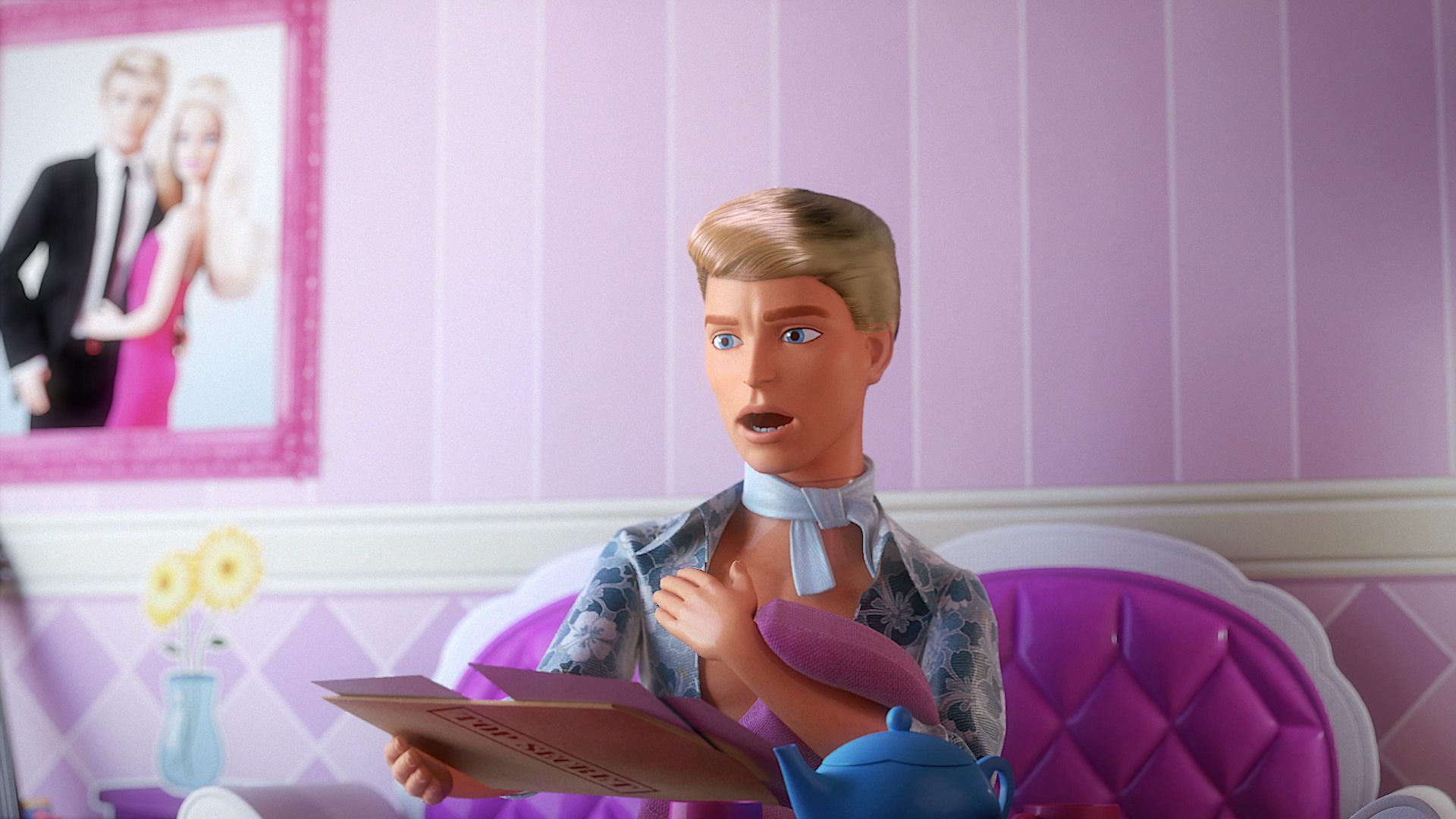I have a hard time saying no. This has always been a problem for me, but has been especially true when it comes to my kids. Which is why we have an annual clean out of toys in our house, and often come across barely touched puzzles and cuddly animals to put in the basket for donating to our local charity bin. But the items that never make it into the basket are Barbies.
 My two daughters love them. And I have had no problem with them, having managed to grow up as a raging feminist despite having, as a young child, played with my fair share of the unrealistically proportioned plastic false-embodiments of womanhood, dream house and all.
My two daughters love them. And I have had no problem with them, having managed to grow up as a raging feminist despite having, as a young child, played with my fair share of the unrealistically proportioned plastic false-embodiments of womanhood, dream house and all.
But now, I am having second thoughts. Not just about my family’s toy consumption in general (I am sure that will pop up again in a future blog), but about this doll in particular. Because Greenpeace has just uncovered irrefutable evidence that Barbie is killing tigers and orang-utans.
With the help of a video featuring Ken, Barbies long time partner, Greenpeace launched a campaign on Wednesday targeting Mattel for destroying Indonesian rainforest for toy packaging. Although rainforests might seem a long way from the head offices of toymaker Mattel, Los Angeles, but Greenpeace forensic research into the packaging used for Barbie, the world’s most famous toy, found timber fibres from Indonesian rainforests. Greenpeace researchers also carried out an extensive investigation in Indonesia, mapping data and tracing company certificates to show that Barbie’s makers Mattel, and other toy companies such as Disney, are using packaging produced by notorious rainforest destroyer Asia Pulp & Paper (APP).
APP continues to be bad news for Indonesia’s rainforests, which it treats as no more than a vast disposable asset, grabbing rainforests that are vital to forest communities. Mattel, and other toy companies like Disney, have a responsibility to support clean, low carbon development, and to ensure the products don’t cause environmental destruction. They can do this by immediately dropping APP and by supporting responsible Indonesian producers instead.
So far the campaign looks promising. Mattel certainly has had to take notice, what with a 4-story banner hanging outside their offices in Los Angeles. But the only way we are going to really turn the tide on this campaign is if consumers from all over the world band together to tell Mattel what we think. So, Today, I am taking two actions. One is sending an email to Mattel. The other is to go through those toys again, and add more to the basket.

